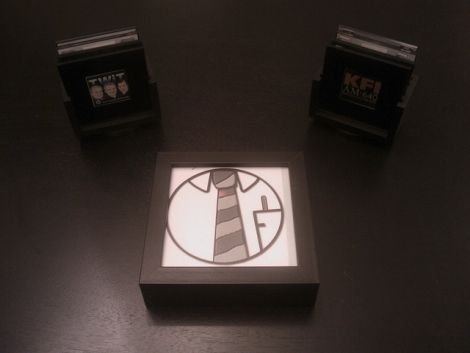
Here’s something we haven’t run across before. We’re familiar with proprietary battery shapes (we’re looking at you, digital camera manufacturers), or custom recharge connections (look of death directed toward cellphone manufacturers), but using electrical tricks to force AAA brand loyalty is a new one. It seems that’s exactly what is happening with [OiD’s] wireless headphones which were manufactured by Phillips.
The headphones take AAA sized batteries and can use either disposable or rechargeable varieties. There is a warning label advising that only Phillips brand rechargeables should be used, and sure enough, if you try a different brand the performance suffers both in charging time and in battery life. The original batteries are labelled as Nickel Metal Hydride at 1.2V and 550 mAh, which falls within common specs. But [OiD] noticed that there is an extra conductor in the battery compartment that makes contact with the sides of the battery case. Further inspection reveals that a reverse-biased diode makes contact through this conductor with a portion of the battery which has not been painted. This is not true with other brands, allowing the circuit to distinguish between OEM and replacements.
[OiD] shorted out that connection and immediately saw a performance boost from his replacement batteries. It’s hard to know exactly what’s going on here without a full schematic for the circuit, but we’d love to hear your speculation on this setup in the comments. Is this a low tech version of the identity chips that camera batteries sometimes hide?
















